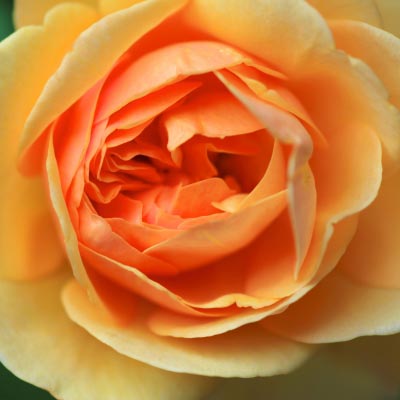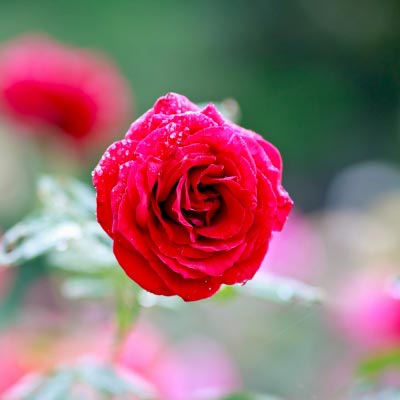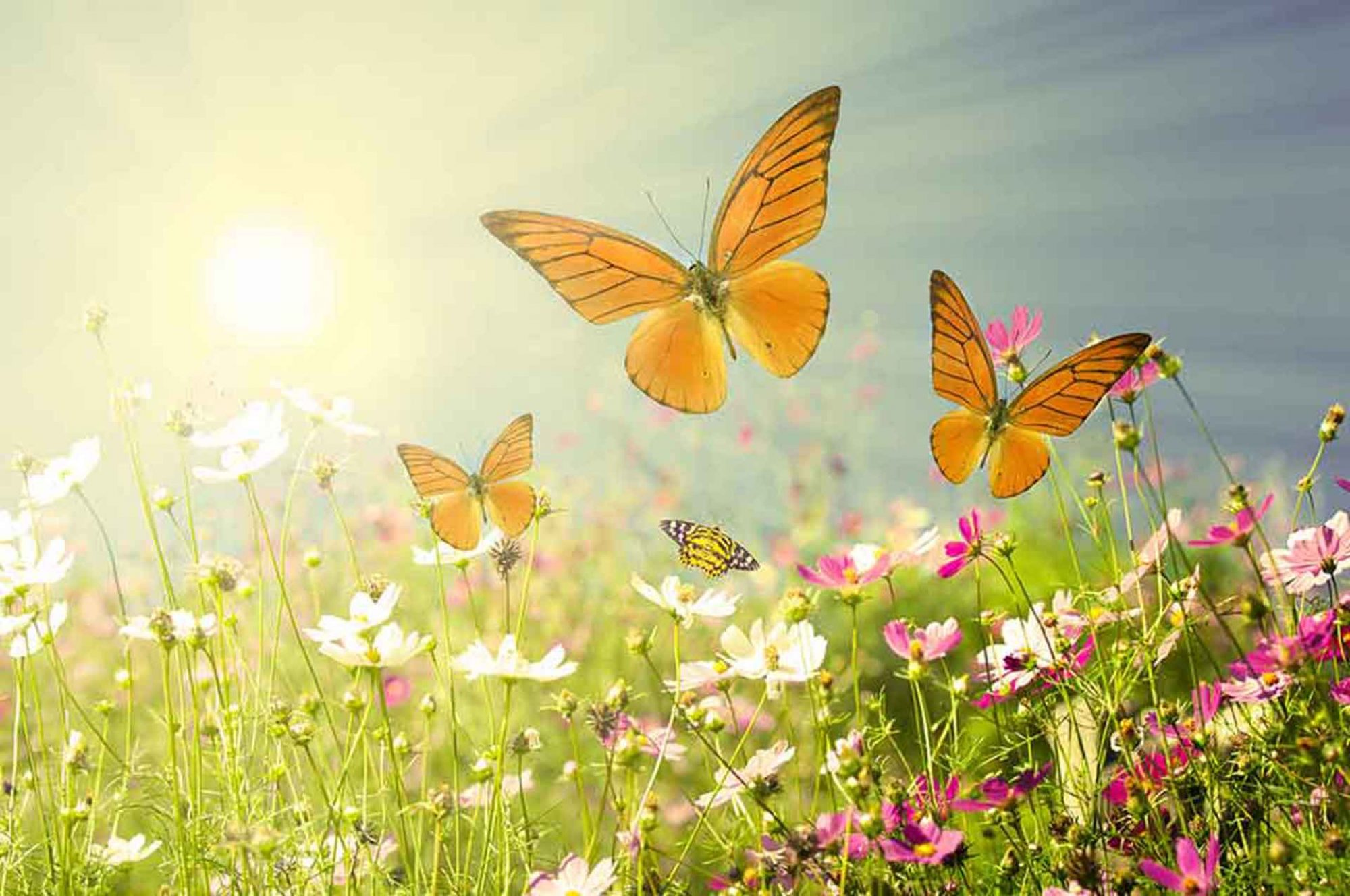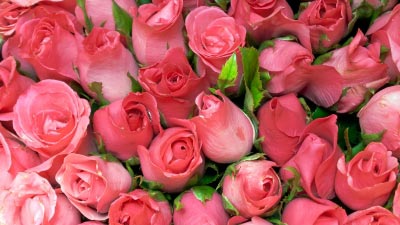
“It was roses, roses all the way.”
– Robert Browning
“What’s in a name? That which we call a rose; By any other name would smell as sweet.”
– William Shakespeare, Romeo and Juliet, Act 2 scene 2.
Roses have a long and colorful history. According to fossil evidence, the rose is 35 million years old. Today, there are over 30,000 varieties of roses and it has the most complicated family tree of any known flower species. The cultivation of roses most likely began in Asia around 5000 years ago. They have been part of the human experience ever since and mentions of the flower are woven into a great many tales from the ancient world.
And there are so many beautiful stories that include roses through out the ages that we all can recognize. Greek mythology tells us that it was Aphrodite who gave the rose its name, but it was the goddess of flowers, Chloris, who created it.
One day while Chloris was cleaning in the forest she found the lifeless body of a beautiful nymph. To right this wrong Chloris enlisted the help of Aphrodite, the goddess of love, who gave her beauty; then called upon Dionysus, the god of wine, who added nectar to give her a sweet scent. When it was their turn the three Graces gave Chloris charm, brightness and joy. Then Zephyr, the West Wind, blew away the clouds so that Apollo, the sun god, could shine and make the flower bloom. And so the Rose was…
In another story, an ancient Hindu legend, Brahma (the creator of the world) and Vishnu (the protector of the world) argued over whether the lotus was more beautiful than the rose.
Vishnu backed the rose, while Brahma supported the lotus. But Brahma had never seen a rose before and when he did he immediately recanted. As a reward Brahma created a bride for Vishnu and called her Lakshmi — she was created from 108 large and 1008 small rose petals. Several thousands of years later, on the other side of the world in Crete , there are Frescoes which date to c. 1700BC illustrating a rose with five-pedaled pink blooms.
Discoveries of tombs in Egypt have revealed wreaths made with flowers, with roses among them. The wreath in the tomb of Hawara (discovered by the English archaeologist William Flinders Petrie) dates to about AD 170, and represents the oldest preserved record of a rose species still living.

Roses later became synonymous with the worst excesses of the Roman Empire when the peasants were reduced to growing roses instead of food crops in order to satisfy the demands of their rulers.
The emperors filled their swimming baths and fountains with rose-water and sat on carpets of rose petals for their feasts and orgies. Roses were used as confetti at celebrations, for medicinal purposes, and as a source of perfume. Heliogabalus used to enjoy showering his guests with rose petals which tumbled down from the ceiling during the festivities.
During the fifteenth century, the factions fighting to control England used the rose as a symbol. The white rose represented York , and the red rose symbolized Lancaster . Not surprisingly, the conflict between these factions became known as the War of the Roses.
In the seventeenth century roses were in such high demand that roses and rose water were considered as legal tender. In this capacity they were used as barter in the markets as well as for any payments the common people had to make to royalty.
Napoleon’s wife Josephine loved roses so much she established an extensive collection at Chateau de Malmaison, an estate seven miles west of Paris . This garden of more than 250 rose varieties became the setting for Pierre Joseph Redoute’s work as a botanical illustrator and it was here Redoute completed his watercolor collection “Les Rose,” which is still considered one of the finest records of botanical illustration.
Cultivated roses weren’t introduced into Europe until the late eighteenth century. These introductions came from China and were repeat bloomers, making them of great interest to hybridizers who no longer had to wait once a year for their roses to bloom.
From this introduction, experts today tend to divide all roses into two groups. There are “old roses” (those cultivated in Europe before 1800) and “modern roses” (those which began to be cultivated in England and France around the turn of the 19th century).
Until the beginning of the 19th century, all roses in Europe were shades of pink or white. Our romantic symbol of the red rose first came from China around 1800. Unusual green roses arrived a few decades later. Bright yellow roses entered the palette around 1900.

It was the Frenchman Joseph Permet-Ducher who is credited with the discovery. After more than 20 years of breeding roses in a search for a hardy yellow variety, he luck changed when one day he simply stumbled across a mutant yellow flower in a field. We have had yellow and orange roses ever since
The rose is a phenomenal plant and is rightly known as ‘the world’s favorite flower’. No other flower has ever experienced the same popularity that the rose has enjoyed in the last fifth years. In temperate climates, roses are more widely grown than any other ornamental plant, and as cut flowers they are forever in fashion.
It has been estimated that 150 million plants are purchased by gardeners worldwide every year, and sophisticated breeding programs have produced a plant that dominates the world’s cut flower market; the annual crop is calculated in tons. Roses have also made a tremendous contribution to the perfume industry.
Roses boast an ancient lineage, and they are intricately entwined in our history and culture. As a motif, the rose has been and still is depicted in many national emblems. It has been adopted by countless political factions, and even by businesses and several international events.
It is no wonder so many of the beautiful rose varietals are greatly appreciated and cultivated by hobby gardeners around the world.
Are you planting or growing roses? What are your favorites?


